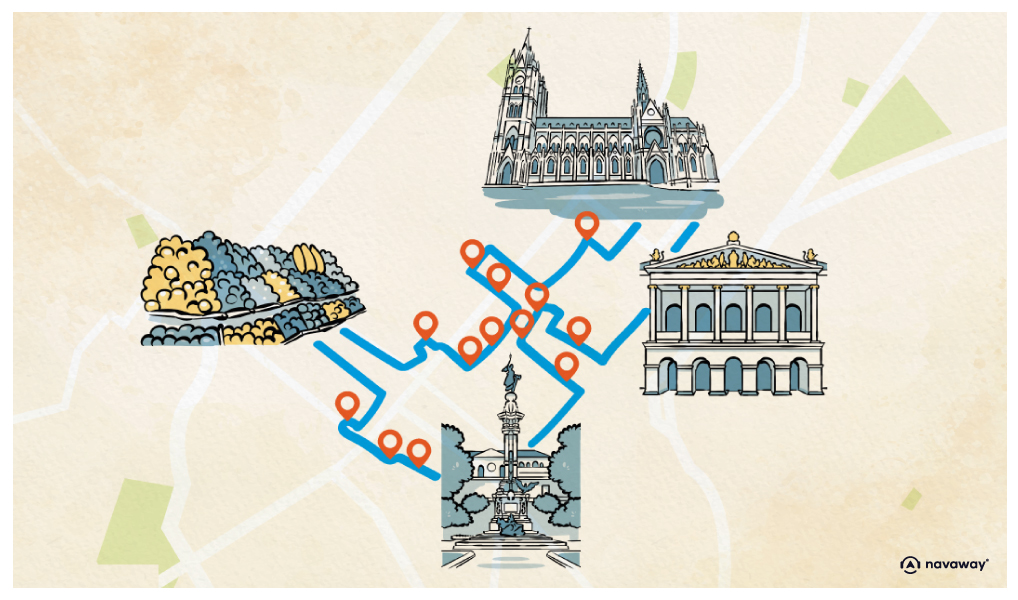
Iglesia de San Francisco
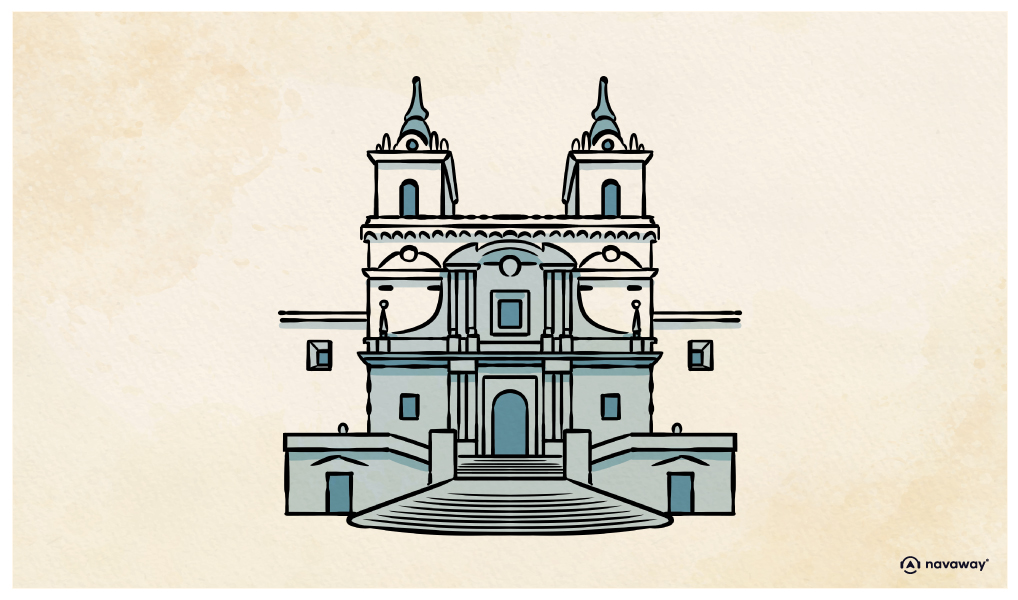
This point of interest is available as audio on the tour: Visit Quito, Lost in the Andes
The large church of San Francisco in front of you is one of the oldest in Quito, built just a year after the city was founded by Sebastián de Benalcázar following the Spanish conquest. You might be wondering why nothing seems to remain of the powerful civilizations that once thrived here before the colonists arrived. Well, when the Incas lost the battle for Quito, they destroyed their own city rather than let it fall into Spanish hands. It was a classic scorched-earth tactic: leave nothing for the invaders. Ever since, rumors have swirled about the legendary lost treasure of Atahualpa — the Inca emperor who promised to fill one room with gold and two more with silver in exchange for his life. In today’s terms, that treasure would be worth around 7 billion US dollars. But it was never delivered in full. Fearing an uprising, Pizarro had Atahualpa executed before the final shipment arrived. In retaliation, Inca general Rumiñahui hid what remained of the treasure deep in the Llanganates mountains. Despite being tortured to death, he never revealed the location. The Spanish never found it, and according to Ican sources from the time, they ended up with roughly 25% of what was promised. As for the church, it was built directly on top of the ruins of Inca emperor Huayna Capac’s royal palace. Even though everything had been reduced to rubble, this new religious complex would go on to become one of the city’s most iconic landmarks. Covering nearly three hectares, San Francisco, including its convent and plaza, is the largest religious complex in Quito. Step inside, and you’ll find yet another dazzling display of gold leaf, intricate carved ceilings, and centuries of devotion captured in wood, paint, and stone. Don’t miss a walk through the vast cloister lined with palm trees, or a visit to the Fray Pedro Museum, which houses the original sculpture of the Winged Virgin of Quito: the same that inspired the massive statue now watching over the city from Panecillo Hill. The museum also holds some of the finest works from the Escuela Quiteña, or Quito School of Art: a movement born from the fusion of European religious themes with Indigenous artistic traditions and craftsmanship. This cultural blending, known as syncretism, produced extraordinary pieces that stand as some of Latin America’s greatest contributions to world art. The Spanish Crown even once compared the Ecuadorian sculptor Caspicara to Michelangelo. So take your time, explore, and don’t miss the chance to admire this brilliant chapter in Quito’s artistic and spiritual history.


Discover Quito with app
An interactive guide through the most beautiful streets, squares, and districts
19 fun audioguides full of historical facts, anecdotes, and legends
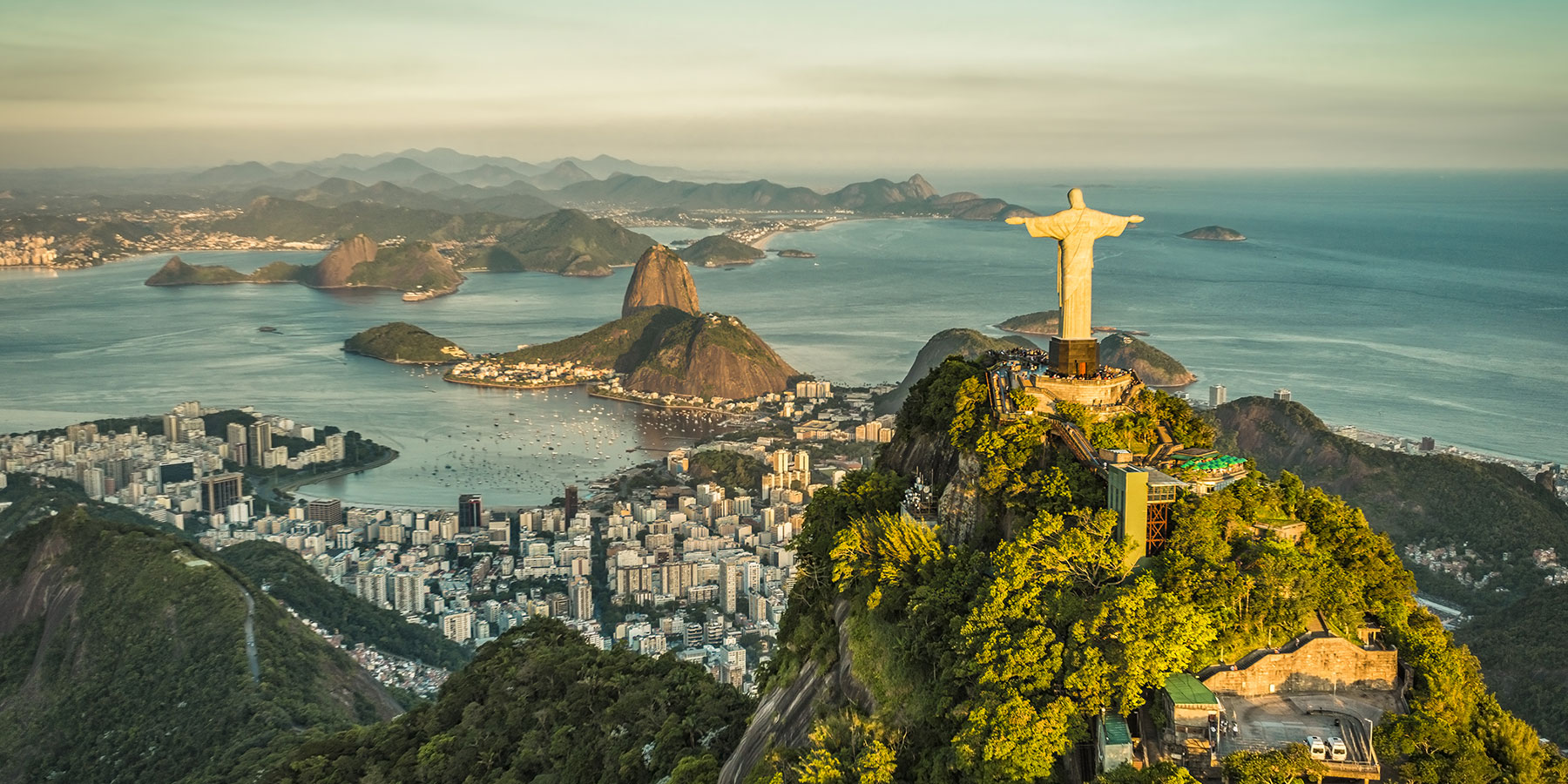
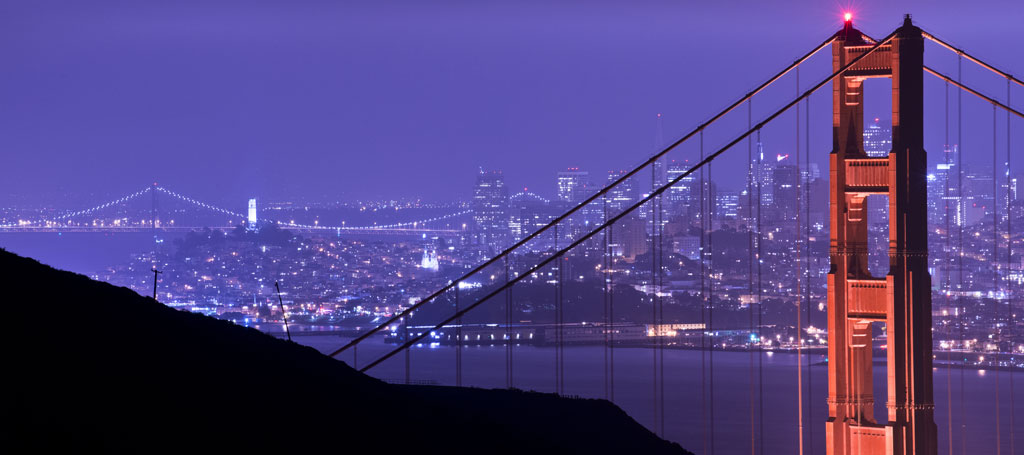
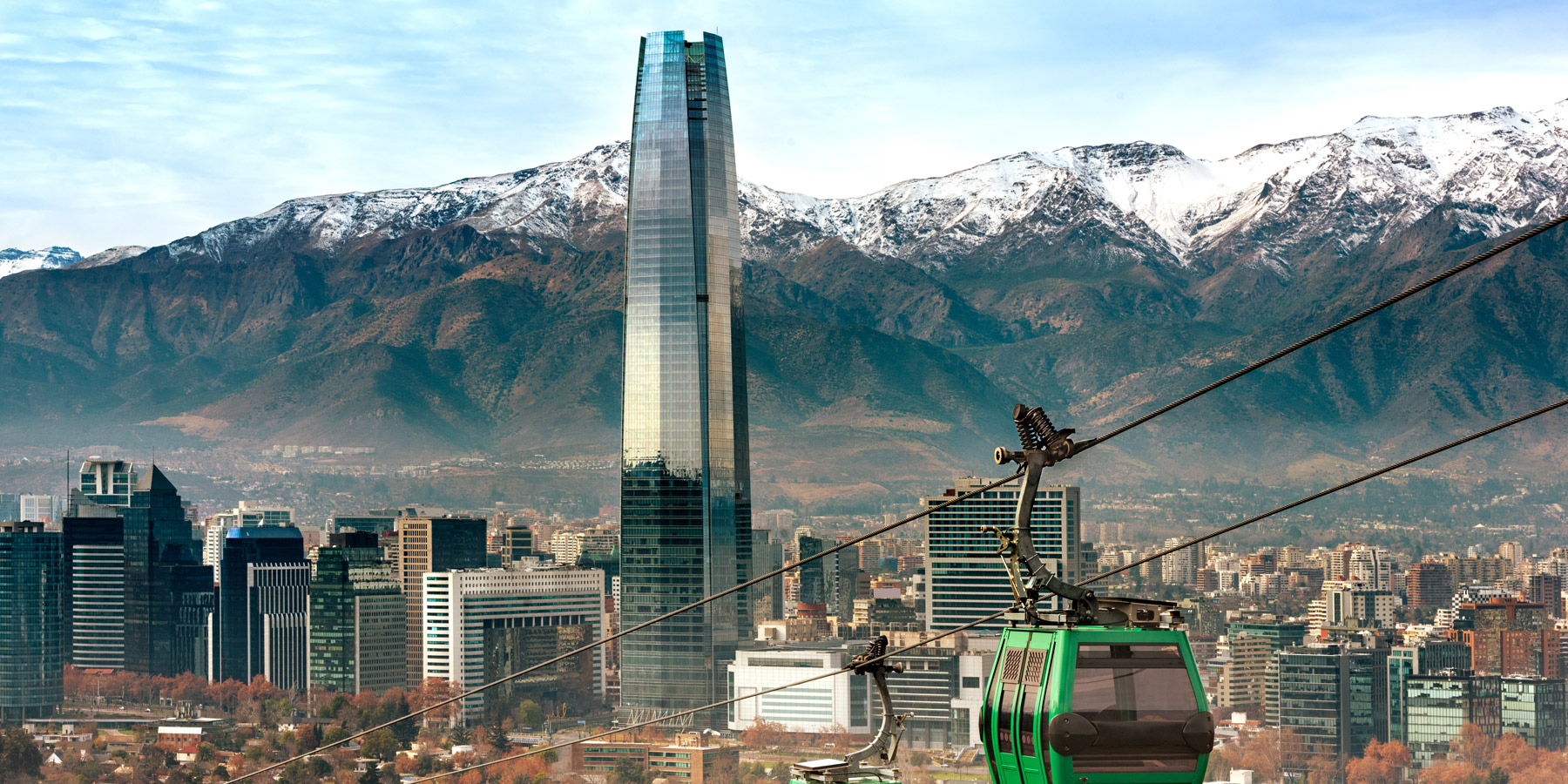
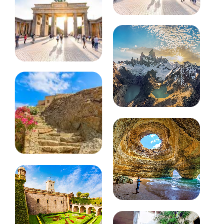

Comments